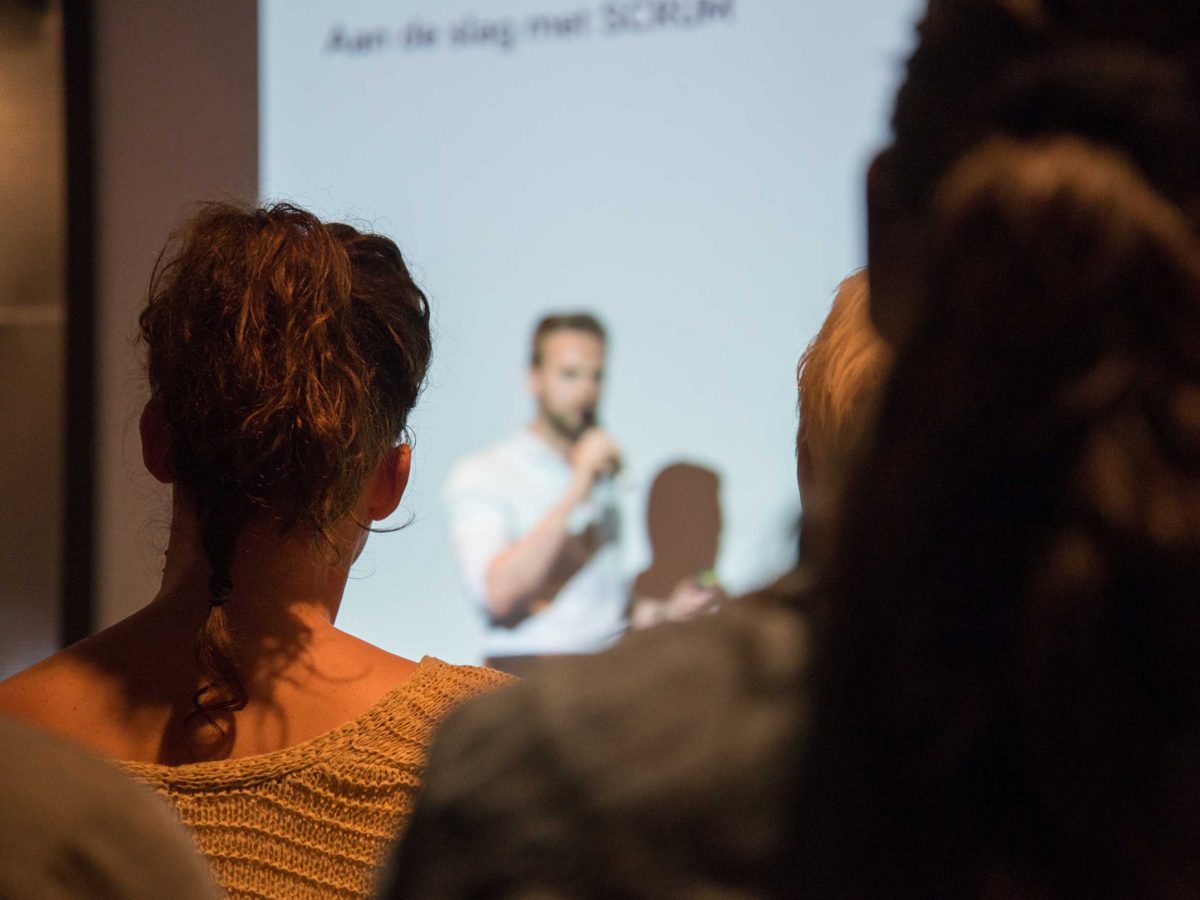Recent data on the viability of colleges is sobering. A September 2015 Moody’s Investor Service report highlights a persistent inability among small colleges to increase revenue, which could lead to as many as 15 institutions closing for good by 2017, well up from the usual rate of five annually. The main threat for many small colleges, defined by Moody’s as private colleges with operating revenue below $100 million and public colleges below $200 million, is declining enrollment. In fact, 72 institutions have shut down since 2007, 86% with enrollments less than 1,000.
Excellence in Leadership,
Science and Education
As I wrote in yesterday’s blog, there are certain aspects to Surviving and Thriving, which includes learning leadership and having an effective network. Today, I want to look at three other points.
As I wrote in yesterday’s blog, there are certain aspects to Surviving and Thriving, which includes learning leadership and having an effective network. Today, I want to look at three other points.
Many higher education institutions are considering and implementing radical transformative strategies to address current challenges. For example, the rate of consolidation and mergers in higher education has tripled in the last four years, as state funding shrinks and enrollments plateau. A barrier to successfully navigating these complex changes is finding the right leaders – those who can operate in extreme ambiguity, who can understand and accept multiple perspectives, who can effectively manage extreme multitasking and project management, and who are fearless, yet compassionate and approachable (more on this in this blog in the weeks to come). Identifying these ‘right leaders’, however, takes time and patience as they are generally rare commodities.
There are few organizations as complex in terms of mission, structure and stakeholders as a university. And while shared governance is clearly an operational necessity in higher education, administrative leadership is also required to produce optimum outcomes for students, faculty, staff and the broader community of an institution. Among many other duties, leaders in higher ed (and beyond) advocate for the institution and its mission, articulate a future-oriented vision internally and externally, ensure the highest quality of support, and assure the fiscal and organizational integrity of the institution. However, we must understand two features of leadership. Firstly, leadership is not just about title or rank, and it certainly is not just about “the top.” Leadership, and the need and opportunity for effective leaders, occurs at every level of an organization. This is especially true of a university, where faculty and staff leaders play an integral part in its governance.
The past few weeks have seen many college campuses riled by student protests. And although this erstwhile student activist welcomes this rise in student engagement, albeit narrowly focused so far, one also wonders how to also get the younger generation involved in our electoral process. As we approach another general election in 2016 we once again face the continuing discussion of whether to make it easier (usually a Democratic initiative) or more restrictive (generally a Republican strategy) to vote. However, and more importantly for the countries democratic health, voter turnout in the general elections of 2014 was the lowest since WWII. Just 36.4% of the voting-eligible population cast ballots this past November, although admittedly it was a midterm election, which generally have lower turnout than term presidential elections.
We have often stated in this and other venues that the US as a whole, and each state in particular, needs to accelerate the growth of college-educated graduates in order to meet the demand of its industries and remain globally competitive. A rallying cry that echoes what many other advocates have been saying. And now we have a new report from the Public Policy Institute of California (PPIC) providing us with an update on how we, or at least the state of California, is doing... and the news isn’t good. The analysis estimates that the state will fall about 1.1 million college graduates short by 2030, a significant workforce skills gap.
I recently had the pleasure of speaking with Mr. Amit Mrig, founder and CEO of Academic Impressions, an organization which, for more than a decade, has been providing higher education professionals with practical, experience-based tools and information to help them succeed in an increasingly challenging fiscal, cultural, technological, political, and academic environment. Our conversation was wide ranging and stimulating — Amit is a passionate advocate for improving higher education in the U.S., and ensuring access and success to the widest possible student population — as am I. Part of our conversation centered on the (then) upcoming rankings to be provided by the federal government and the increasing emphasis on the use of rankings by many consumers. And so we asked - Are these rankings fair or are they biased? Are they an accurate measure of the value of a university? How about the quality of an education? And we concluded, emphatically, “No.” To understand why we responded this way we should consider a few facts, and three important issues facing higher education today.
Two recently released reports provide an enlightening picture of the state of higher education for Latinos in the United States. While there have been encouraging developments over the past 10 years, Latinos remain underrepresented and underserved across virtually all post-secondary education sectors, with many barriers to Latino higher education attainment — and the accompanying life-long, generation-spanning benefits that could accrue — remaining stubbornly in place.
The digital snapshot seen round the world depicted a brief handshake between U.S. President Barack Obama and Cuban President Raúl Castro. It became a fitting symbol of the historic nature of this year’s Summit of the Americas held in Panama this past April and signaled the promise of a new era of cooperation among the nations of Central, South and North America. Along with the first-ever participation of communist Cuba, the seventh summit hosted the first meeting of the Forum of University Rectors of the Americas — an opportunity for university presidents from throughout the region to exchange ideas on how to strengthen and expand higher education in the Americas. The theme of the forum was “Prosperity and Education: The Challenge of Co-operation in the Americas — The Role of Universities.” I was fortunate to be invited to attend.











